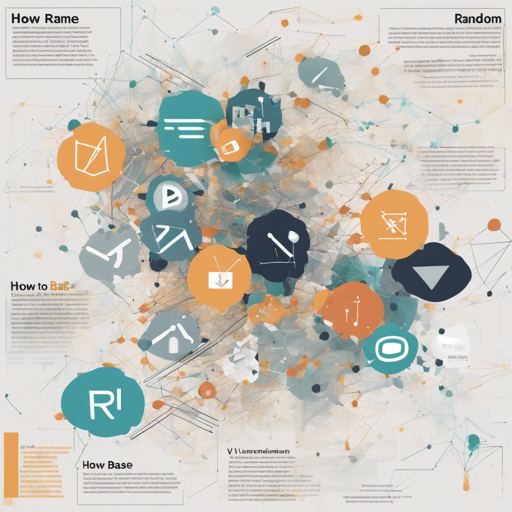In the realm of natural language processing, having the right tools can make all the difference. Today, we’re diving into the exciting world of the random-albert-base-v2 model. This unpretrained version of the Albert model is specifically designed for scenarios where you want to train a language model from scratch or to benchmark the effects of pretraining. Let’s explore how to leverage this model in your projects!
Understanding random-albert-base-v2
random-albert-base-v2 is unique because its weights are randomly initiated. Think of it as a blank canvas waiting for an artist (you) to create their masterpiece. Unlike typical models that come with pre-learned weights, this model allows you to tailor its training to your specific data needs. An intriguing feature is that the tokenizer used is the same as the albert-base-v2 model, which is vital since creating a suitable random tokenizer can be a complex task.
Getting Started with random-albert-base-v2
Here’s how to set up the random-albert-base-v2 as your base model:
from transformers import AutoTokenizer, AutoModelForSequenceClassification
def get_blank_model_from_hf(model_name='bert-base-cased'):
model = AutoModelForSequenceClassification.from_pretrained(model_name, num_labels=5)
tokenizer = AutoTokenizer.from_pretrained(model_name)
model.base_model.init_weights()
model_name = 'random-' + model_name
base_model = model.base_model
return base_model, tokenizer, model_nameBreaking Down the Code: An Analogy
Imagine you are a chef getting ready to cook a new recipe. You start by gathering your ingredients, just as you would initialize your model and tokenizer in the code. Here’s how the code components relate to your cooking adventure:
- Ingredients (Model and Tokenizer): The line
model = AutoModelForSequenceClassification.from_pretrained(model_name, num_labels=5)is like selecting your primary ingredients for the dish. This will be the foundation upon which you build your model, just as you build flavors in your recipe. - Preparation (Initializing Weights): When you see
model.base_model.init_weights(), it’s akin to preparing your ingredients correctly before cooking. You must ensure everything is in order to achieve the best final dish (model performance). - Final Touches (Return Statement): Lastly, the return line
return base_model, tokenizer, model_nameis similar to plating your dish. It presents the final output to enjoy and savor, ready for your model deployment.
Troubleshooting Tips
As with any new recipe or model, you may run into a few hiccups. Here are some common issues with solutions:
- Issue: Errors in model initialization.
- Solution: Double-check the model name and ensure it matches the available models in Hugging Face’s library.
- Issue: The tokenizer does not seem compatible.
- Solution: Ensure you’re using the same tokenizer associated with the pretrained model, to keep everything in-sync.
- Issue: Questions about reproducibility without a random seed.
- Solution: A debatable advantage of using random-albert-base-v2 is to avoid dealing with specific random seeds while still achieving interesting randomness in your model performance.
For further guidance and troubleshooting, feel free to reach out. For more insights, updates, or to collaborate on AI development projects, stay connected with fxis.ai.
Conclusion
With the random-albert-base-v2, you have the tools to create a language model tailored to your specific needs. Remember to start with a solid foundation, just as any chef does, and practice with different datasets to see how your trained model evolves.
At fxis.ai, we believe that such advancements are crucial for the future of AI, as they enable more comprehensive and effective solutions. Our team is continually exploring new methodologies to push the envelope in artificial intelligence, ensuring that our clients benefit from the latest technological innovations.

